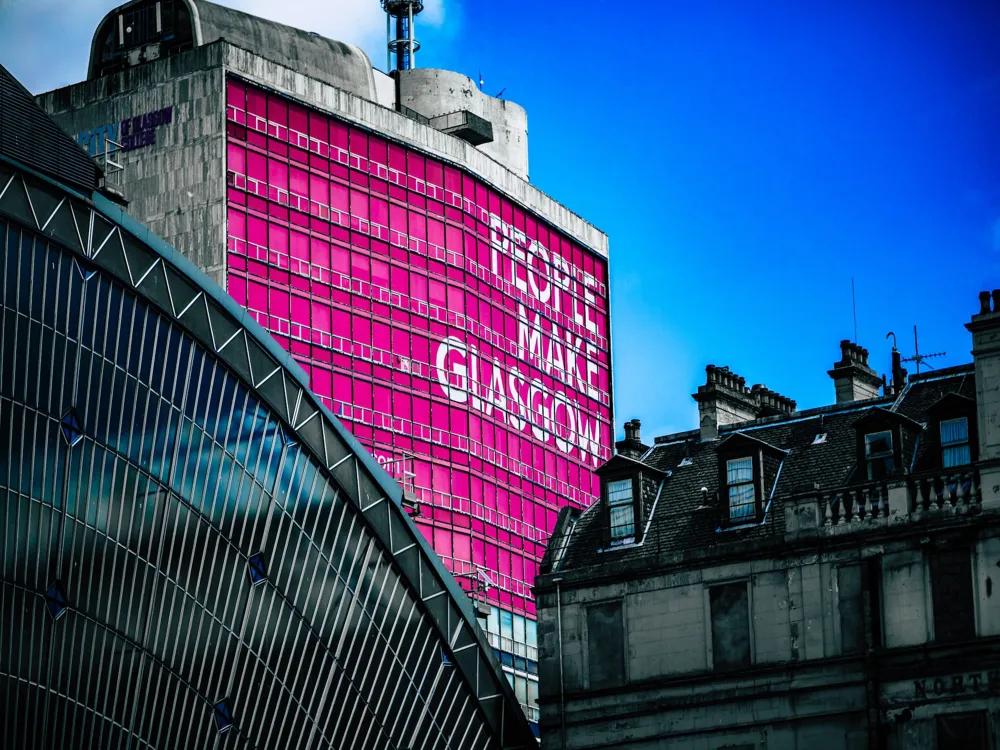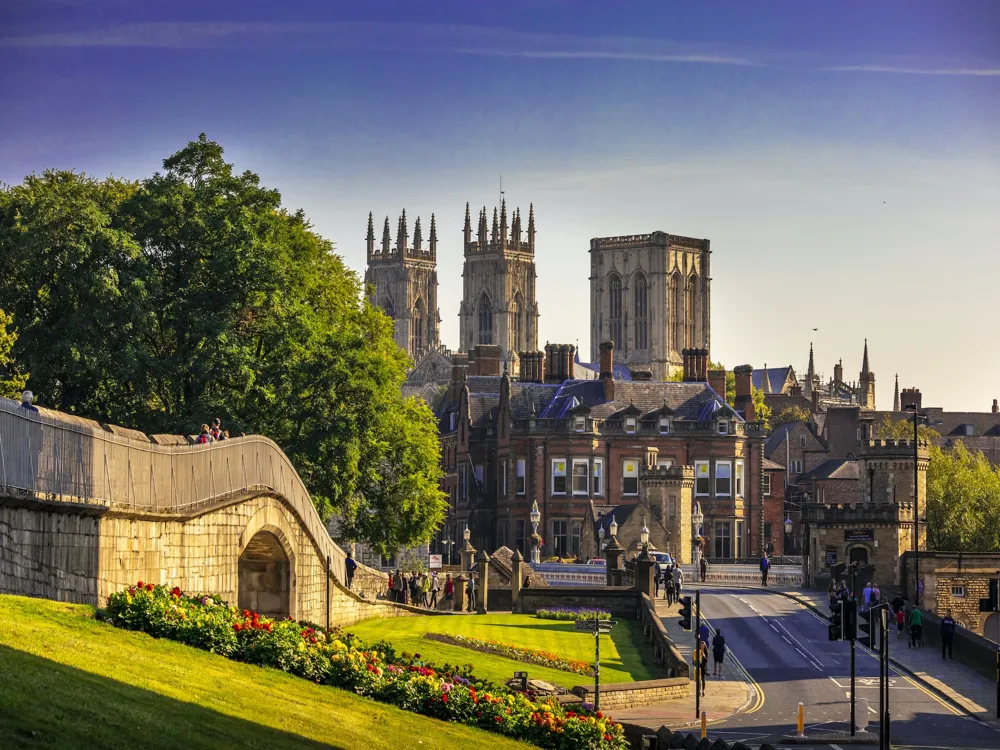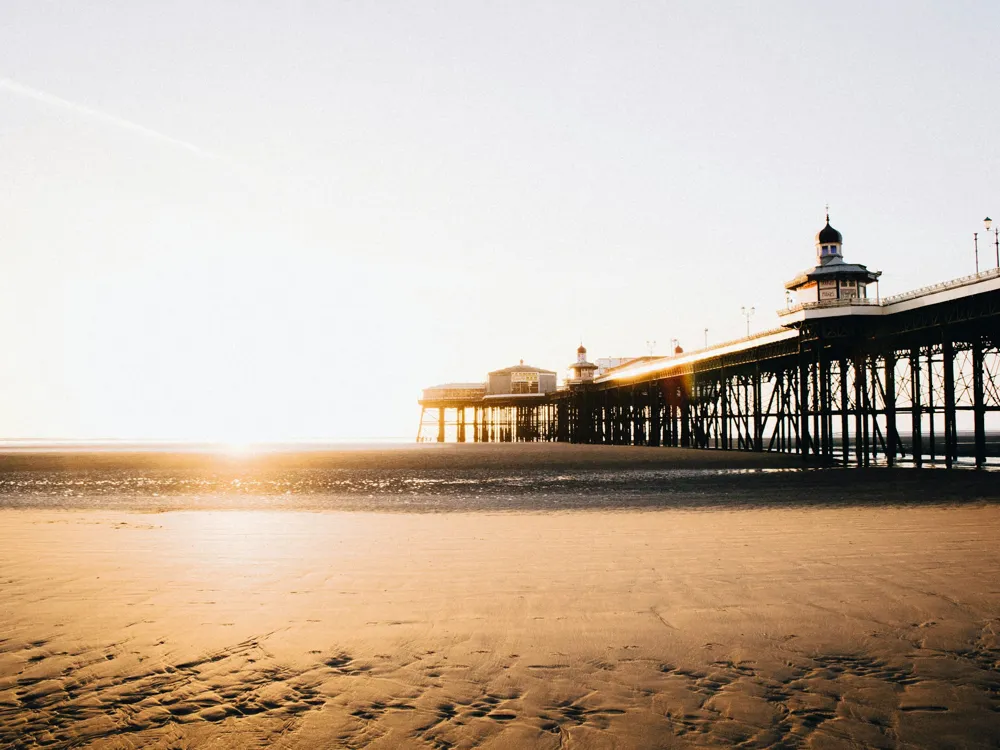The Spire of Dublin, also known as the Monument of Light, is a striking example of contemporary architecture and public art in Ireland. Standing at an impressive height of 120 meters, it is located on O'Connell Street in the heart of Dublin. The Spire was conceived as a replacement for Nelson's Pillar, which was destroyed in 1966, and has since become an iconic symbol of the city. Designed by Ian Ritchie Architects, the Spire was completed in 2003 after a high-profile design competition. Its construction marked a significant phase in the redevelopment of O'Connell Street in the early 21st century. The monument's minimalist design, resembling a thin, tapering cone, is constructed from stainless steel and features a unique surface that reflects Dublin's ever-changing weather patterns and city lights. At night, the Spire's tip is illuminated, making it a beacon in the city's skyline. The significance of the Spire extends beyond its architectural achievement. It symbolizes Dublin's journey through history and its aspirations for the future. It has sparked diverse reactions among locals and visitors alike, ranging from admiration for its bold design to debates about its role and meaning in the city's cultural landscape. Visitors to the Spire can experience a sense of awe and wonder at its sheer scale and the precision of its engineering. Its location in a bustling part of the city allows for a blend of cultural exploration, as the area is rich in history, shops, and traditional Irish pubs. The Spire serves not only as a point of interest but also as a meeting point, adding to the vibrancy of Dublin's city life. The architecture of the Spire of Dublin is a marvel of engineering and design, reflecting a blend of artistic vision and technical prowess. The monument's sleek, needle-like structure challenges the conventional ideas of large-scale sculptures and urban landmarks. It rises from a diameter of 3 meters at the base to just 15 centimeters at the top, demonstrating a remarkable feat of engineering. Constructed from eight hollow sections of stainless steel, the Spire was designed with attention to durability and maintenance. Its surface consists of a special treatment that reacts subtly to the changing light conditions, thereby integrating the sculpture into its urban and natural surroundings. The construction process of the Spire was complex and involved precision engineering. Each section of the monument was carefully transported and erected in a phased manner. The base of the Spire is set in a large concrete foundation, which is critical for the stability of the structure, especially given Dublin's variable weather conditions. From an architectural perspective, the Spire is a representation of modernism and simplicity. It eschews ornamentation, focusing instead on form, material, and the interaction between the structure and its environment. The monument's vertical emphasis draws the eye upwards, offering a different visual experience from various angles and distances. The Spire's design also includes environmental considerations. Its surface treatment minimizes maintenance and ensures the monument's longevity, while its illumination system is energy-efficient, reducing the environmental impact. The best time to visit the Spire of Dublin is during the late afternoon and evening when the lighting accentuates its features. The changing light from sunset to twilight provides a beautiful backdrop for photographs. When visiting the Spire, consider exploring nearby attractions such as the General Post Office, the Dublin Writers Museum, and the Garden of Remembrance. These sites offer a deep dive into Irish history and culture. Don't miss the chance to try some local Irish cuisine in the nearby restaurants and pubs. Traditional dishes like Irish stew and Dublin coddle provide a taste of the local culinary heritage. Consider taking a guided tour of the city, which often includes the Spire as a key landmark. This offers insightful stories and historical context about the monument and its significance. For photography enthusiasts, capturing the Spire against the Dublin skyline can be a rewarding experience. Experiment with different angles and times of the day to get unique shots. The Spire of Dublin is easily accessible by various modes of transportation. Visitors can take the Dublin Bus to O'Connell Street, which is a central bus route with many lines passing through. Alternatively, the Luas tram system provides a convenient option, with the nearest stop being O'Connell Street. For those preferring to drive, there are several parking facilities nearby. Walking to the Spire is also a viable option, as it is centrally located and within walking distance from many parts of the city. Read moreOverview of the Spire of Dublin
Architecture of the Spire of Dublin
Tips When Visiting the Spire of Dublin
Best Time to Visit
Nearby Attractions
Local Cuisine
Guided Tours
Photography Tips
How To Reach the Spire of Dublin
Spire of Dublin
Dublin
₹ 84,000 onwards
View dublin Packages
Weather :
Tags : Monument
Timings : Anytime
Entry Fee : Free
Planning a Trip? Ask Your Question
Also Refered As:
Monument of Light
Dublin Travel Packages
View All Packages For Dublin
Top Hotel Collections for Dublin

Private Pool

Luxury Hotels

5-Star Hotels

Pet Friendly
Top Hotels Near Dublin
Other Top Ranking Places In Dublin
View All Places To Visit In dublin
View dublin Packages
Weather :
Tags : Monument
Timings : Anytime
Entry Fee : Free
Planning a Trip? Ask Your Question
Also Refered As:
Monument of Light
Dublin Travel Packages
View All Packages For Dublin
Top Hotel Collections for Dublin

Private Pool

Luxury Hotels

5-Star Hotels

Pet Friendly






















